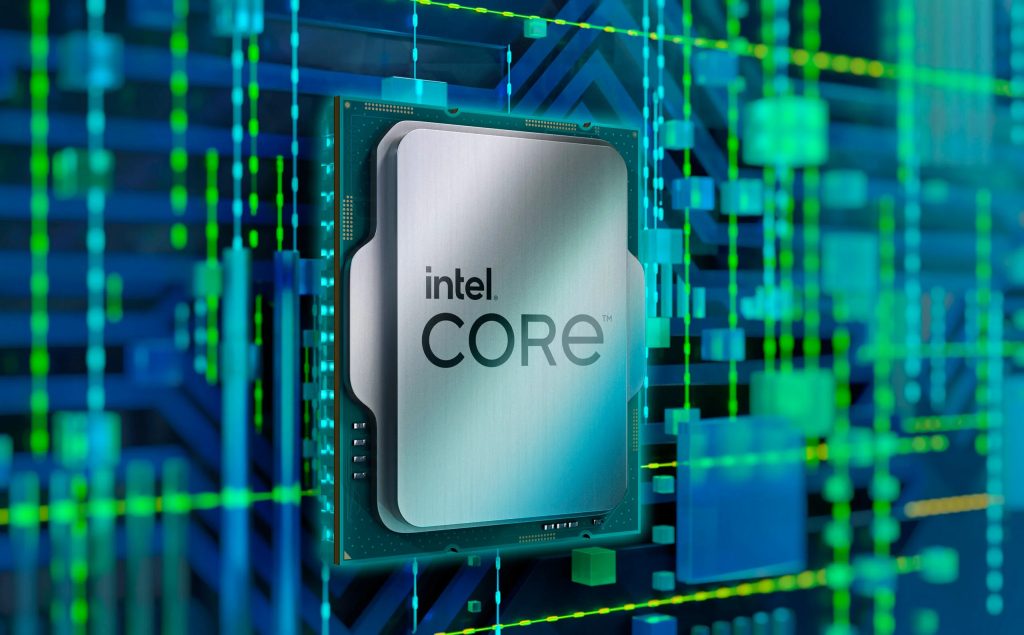Intel has unveiled its vision for a simplified processor instruction set architecture (ISA) via a recently published whitepaper. The proposed plan focuses on streamlining the architecture by reducing legacy support and transitioning to a 64-bit-only framework called ‘Intel x86S'.
With the prevalence of 64-bit operating systems and the growing demand for more memory in modern software, it is no surprise that most gamers have already switched to 64-bit operating systems. The limitations of 32-bit systems, which couldn't support more than 4GB of memory, made the transition necessary. Furthermore, contemporary software such as Windows 11 no longer supports 32-bit CPU architectures. However, despite these advancements, the hardware retains legacy support for older systems.

Recognising an opportunity to streamline its architecture and optimise performance, Intel (via Reddit) is proposing the removal of legacy 32- and 16-bit support, suggesting a move towards a 64-bit-only architecture. This new architecture, referred to as “x86S,” aims to eliminate unnecessary legacy modes and pave the way for faster systems in the future.
One of the primary advantages of adopting the x86S architecture is the potential for shorter CPU boot times. By eliminating the need for unpaged legacy mode during boot, the transition to a 64-bit-only architecture reduces the reliance on several stages of “trampoline code” required to enter 64-bit operation. Intel has outlined several benefits that would come with a 64-bit-only architecture:
- A simplified segmentation model of 64-bit provides segmentation support for 32-bit applications, aligning with what modern operating systems already employ.
- Removal of unused rings 1 and 2 and obsolete segmentation features like gates.
- Elimination of 16-bit addressing support.
- Removal of support for ring 3 I/O port accesses.
- Elimination of string port I/O, which supports an outdated CPU-driven I/O model.
- Limiting local interrupt controller (APIC) use to X2APIC and phasing out legacy 8259 support.
- Removal of some unused operating system mode bits.
For users interested in running older operating systems and software on the latest Intel hardware, Intel suggests using mature virtualization-based software solutions and leveraging virtualization hardware (VMX) to emulate the features required to boot legacy operating systems. Additionally, retro computing enthusiasts may continue to rely on old PC systems to run their vintage software libraries.
Discuss on our Facebook page, HERE.
KitGuru says: Do you agree with Intel's proposal of removing native 32 and 16-bit mode support from its chips?
 KitGuru KitGuru.net – Tech News | Hardware News | Hardware Reviews | IOS | Mobile | Gaming | Graphics Cards
KitGuru KitGuru.net – Tech News | Hardware News | Hardware Reviews | IOS | Mobile | Gaming | Graphics Cards


